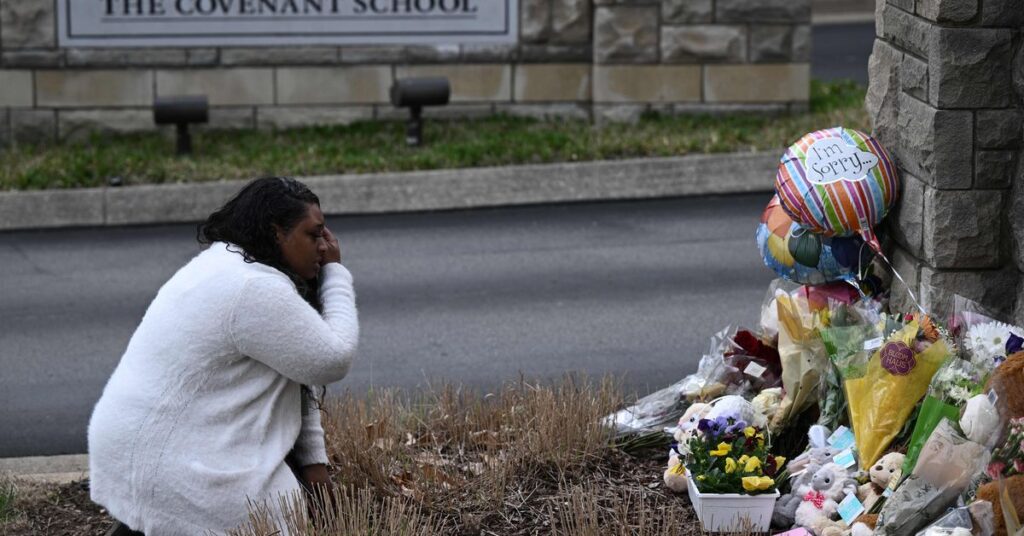The shooter who killed three children and three adults Monday at Covenant School in Nashville, Tennessee, was armed with two assault-style rifles, which are designed to kill efficiently without having to reload frequently.
Such weapons, which are usually used alongside high-capacity magazines, are common in mass shootings: They have been used in over half of the deadliest mass shootings since 1966 and account for 38 percent of the deaths in mass shootings in that period, according to the Violence Project.
That has led President Joe Biden to repeatedly push for a national assault weapons ban in the wake of mass shootings, including the one at Covenant School.
“I call on Congress again to pass my assault weapon ban. It’s about time we begin to make some progress, but there’s more to learn,” he said Monday.
The US has had a national assault weapons ban before. As a senator, Biden helped pass the last national ban in 1994; it expired when lawmakers failed to renew it in 2004. Following a school shooting in Uvalde, Texas, last year, Congress passed its first gun reforms in decades encouraging states to pass red flag laws, implementing enhanced background checks for gun buyers under 21, and closing the “boyfriend loophole” which allowed some people with domestic violence convictions to purchase guns.
But that package didn’t include an assault weapons ban. That’s despite the fact that most Americans, including 86 percent of Democrats and 47 percent of Republicans, support such a ban, according to a June 2022 survey by Morning Consult. Now that Republicans — who continue to oppose any kind of perceived infringement on gun rights — control the House, the likelihood that Congress could pass such a ban in the near future remains slim.
Why the US doesn’t have a national assault weapons ban
National efforts to ban assault weapons have repeatedly failed in recent years. The 1994 ban also included a prohibition on high-capacity magazines, which most…
Read the full article here





